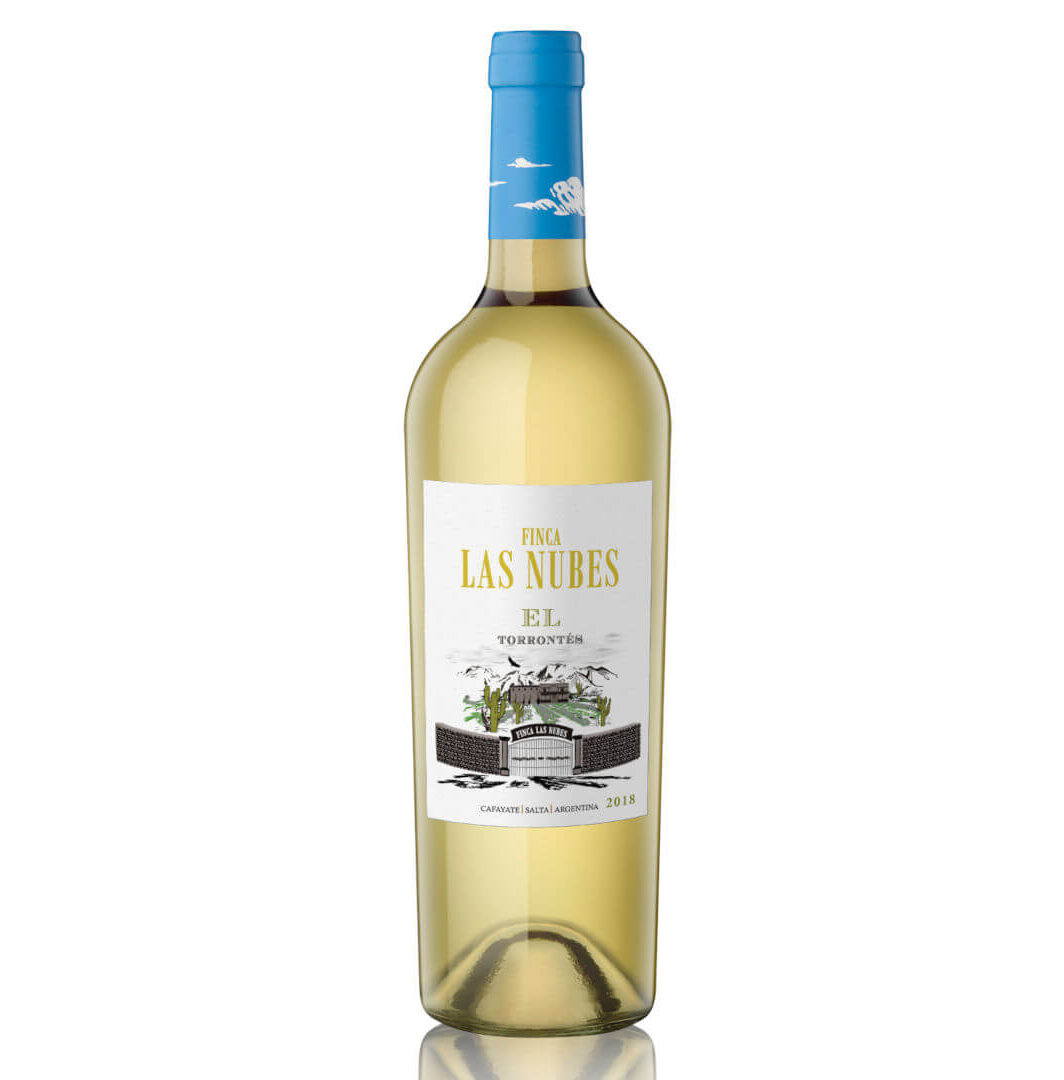A worldwide recognized producer of wine
In this article we would like to introduce you to another country in South America after Chile, which is diverse for viticulture: Argentina! The country was able to secure first place on the South American ranking list for wine production and eighth place on this ranking list worldwide thanks to a high production of popular beverages. But what makes the wine from Argentina so special? How are the vines grown and how are good wines vinified? We would like to answer all of these questions for you in this post!
Spanish settlers brought vines to the country
More than 400 years ago, monks and priests brought vines from the neighboring countries of Chile and Bolivia to Argentina and planted them near monasteries and churches in order to be able to preserve the liturgy of Catholic services. Scientists even found that the first vines were planted in 1561 by the priest Juan Cidrón in the province of Santiago del Estero.
However, commercial viticulture , which was accessible to all residents, only really got its start with the Spaniards who traveled to the country in the 16th century. The Europeans loved wine at home and quickly made viticulture in Argentina the most important asset in the Mendoza region. In the following years, wine production expanded in all other regions; Nevertheless, Mendoza remained the center of viticulture.
Despite more than 20,000 hectares of land planted with wine at the beginning of the 20th century, wines only achieved a good quality standard after the First World War. This is thanks to vines imported from Europe. Due to the lack of a policy on viticulture, many winemakers continued to focus their production on quantity over quality. It is only since the 1990s that winemakers have been paying increasing attention to quality viticulture and have been able to achieve very good success with it so far.
The climatically ideal growing areas
There are seven official wine regions in Argentina: Salta, Catamarca, La Rioja, San Juan, the traditional area of Mendoza, Nequén and Rio Negro. Even today, with 160,000 hectares of cultivation area, Mendoza is still the most important region for the cultivation of vines: around 80% of all production is produced here. Much of this production is exported.
The wines produced in the other regions are often used for domestic consumption in the country. Viticulture in this important region can only be guaranteed by artificial irrigation, because Mendoza is a dry steppe with over 300 Sundays a year. However, the altitude of the vineyards in part in Mendoza, but also in the other areas, ensures an ideal climate for viticulture. In many regions, the daytime heat is reduced at altitudes of mostly 500 to 800 meters due to the proximity to the Andes, resulting in a particularly mild climate. The high location also ensures a good temperature difference between day and night, which is ideal for the vines: this creates a fresh acidity and good ripeness of the grapes.
More than just Malbec: The grape varieties of wine from Argentina
Red grape varieties
- Malbec: Although everything in Argentina no longer revolves around Malbec, the grape variety that was only brought to Argentina from France in the 19th century is the most successful in the country. This is thanks to our other real-root vines, which have never been infested with phylloxera.
- Cabernet Sauvignon: This robust red grape variety is known for its deep color and rich aromas of dark berries, often paired with notes of spices and sometimes a hint of oak, supported by strong tannins and a solid acid structure.
- Tempranillo: the vines originally from Spain are often referred to as the Spanish answer to the French Cabernet Sauvignon.
- Merlot: Merlot is characterized by its soft tannins and flavors of ripe red fruits like plums or cherries, often with a touch of chocolate or vanilla, offering a pleasant roundness and lighter structure compared to Cabernet Sauvignon.
- Pinot Noir: This elegant red grape variety is known for its fine tannins and aromas of red berries, flowers, and earth, with an often silky texture and a complex, subtle structure that reflects a wide range of terroirs.
White grape varieties
- Torrontés: The most popular white wine grape in Argentina is characterized by a flowery, tropical-looking and intense character with a good acidity
- Chardonnay: This globally popular grape variety offers a broad palette of aromas, from fresh citrus fruits to rich, buttery notes, often with a well-balanced acidity and a well-integrated oak.
- Sauvignon Blanc: Known for its fresh, citrusy aromas and crisp acidity, this wine often brings characteristic notes of gooseberry and a hint of herbaceousness with it.
- Pinot Grigio: This grape variety is known for its light, fresh, and citrus or green apple aromas, with a moderate to low acidity and an uncomplicated, easily accessible quality.
Try the wine from Argentina yourself!
Hopefully you have now learned a lot about Argentine wine – and now you have to try it! In Argentina, in addition to the well-known grape varieties, there are many undiscovered top wines that you can discover for yourself! In our wine shop and under this article you will already find a large selection of excellent wines from Argentina. Bottom up! And have fun enjoying the fine drops from South America.
Furthermore there are exciting virtual wine tastings and wine tastings directly at the winemaker await you here at Wine-love.de, which we also offer as private events according to your taste. From time to time we also organize pop-up wine tastings with nice company in the wine shop in Schlangenbad. You are always best informed about all events on our channels on Facebook and Instagram.





















